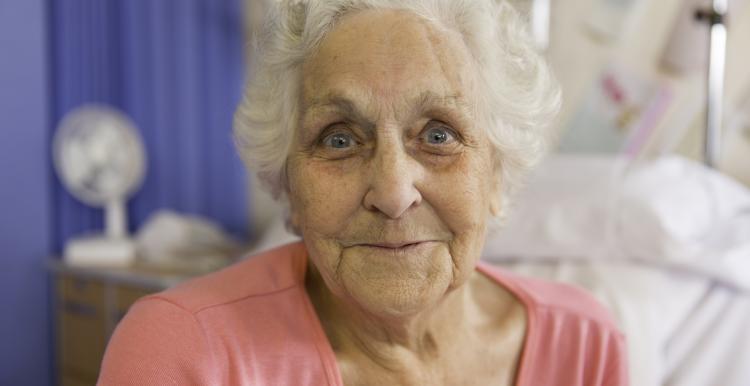Janet’s story: when readmission to hospital goes wrong

Research we have conducted shows that the number of emergency readmissions to hospital over the last year have risen.
Not every ‘emergency readmission’ can or should be avoided. However, the lack of data makes it difficult to build a comprehensive picture of who is being affected and why they are coming back to a hospital.
Janet told her story to Healthwatch Staffordshire and Healthwatch Stoke.
Her story is just one reminder of how important it is to get people's experience of leaving hospital right and why the NHS needs to get better at tracking why more patients are being readmitted to hospital.
Janet's story
Janet* was living with dementia, she was leading an active life, and doing the things she enjoyed. A bout of pneumonia and a heart condition meant that Janet had to be admitted to her local hospital for urgent medical treatment.
A bout of pneumonia and a heart condition meant that Janet had to be admitted to her local hospital for urgent medical treatment. That first admission led to her being readmitted to hospital five times over the course of four months. Her longest stay in hospital lasted 17 days, the shortest was four.
When she was first admitted, the hospital staff agreed that Janet would need support to allow her to live safely at home. However, there was a seven-week waiting time to put the care she needed in place to enable her to go home. During this time, she had to stay in hospital, despite not really needing to be there.
A critical wait
While she waited, Janet was moved between wards and hospitals, and contracted a serious infection. The psychological impact of being stuck in hospital began to build up. Janet decided to leave hospital and see if she could cope with just the support of her daughter, until the support she needed could be provided.
Split decisions
When she returned home, the intermediate care team were, in her own words, ‘cross’ to discover that she had been discharged and immediately sent her back to A&E.
The A&E team then refused to admit her and sent her back home.
When she got back home, a nurse practitioner told her to go back to A&E.
The A&E staff were displeased that Janet had returned and asked her why she was there, she said, “I don’t know… I was told to come”.
At this stage, she was readmitted and put in isolation because of the infection she had picked up when she was last in hospital. Janet’s social worker said that the should be discharged, but the hospital resisted, saying she was now too unwell to leave. Her condition had deteriorated significantly.
The harsh reality
Janet continued to be transferred between wards in the hospital and was now deeply depressed, wasn’t eating or drinking and had almost lost the ability to walk.
Janet’s story is a clear example of why it’s so important that services improve how they work together. More needs to be done to prevent situations like this happening.
Not every readmission is the result of a poorly managed discharge but such a significant rise over such a short timeframe raises important questions.
We are calling for renewed efforts by NHS to improve the data they collect and make sure it is used to reduce avoidable readmissions.
*Janet is not her real name

